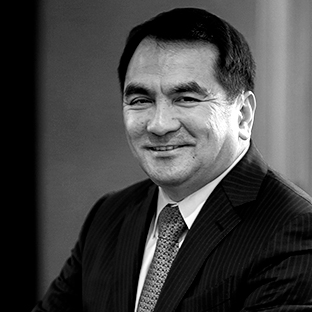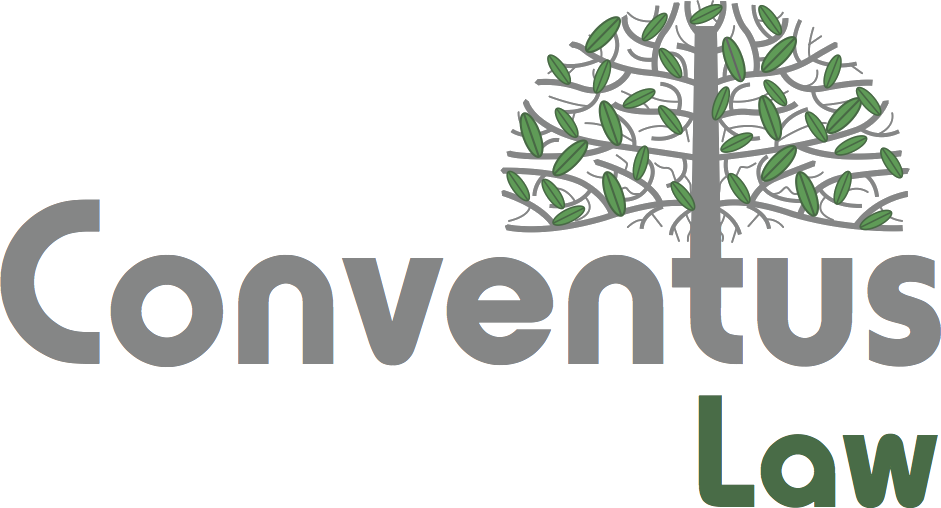Prior to the introduction of bank payroll services, the payment of salaries and benefits was an affair solely between the employer and the employee. Thus, the proof of receipt and/or acknowledgment of payment normally rested on the internal arrangement between the two parties.
However, in pursuit of a more efficient and streamlined handling of payroll, employers began relying on a third party – the banks. Through a bank crediting arrangement, employees’ salaries and benefits were automatically deposited into their payroll bank accounts. With the introduction of a third party (i.e., banks) into the process, the question arose: how could an employer prove that payment was made to the employee?
The above was squarely addressed in the recent case of Philippine Airlines, Inc. v. Ahmee[1] (PAL case) penned by Chief Justice Alexander G. Gesmundo.
The PAL case stemmed from the complaint for illegal dismissal, unfair labor practice (ULP) and payment of monetary benefits filed in 2001 against PAL by 49 employees (PAL employees). While the aspects of illegal dismissal and ULP were dismissed, the issue as to monetary benefits survived. Particularly, whether the documents submitted by PAL were sufficient to prove that the monetary benefits were actually paid.
PAL employed a third-party bank to process its payroll. To prove payment of salaries and 13th month pay, respectively, PAL presented (a) payroll and cash vouchers and (b) 13th month pay payroll register. The Labor Arbiter found the foregoing documents sufficient.
Similarly, the National Labor Relations Commission held that the 13th month payroll register sufficiently proved payment of the benefit. The Court of Appeals, however, disagreed and explained that the payrolls merely specified each employee’s details. Furthermore, there was a notable absence of any proof showing that PAL employees received the amounts indicated in their payroll.
The Supreme Court upheld the ruling of the Court of Appeals and stressed that payrolls and vouchers are treated substantial evidence of payment when they: (1) indicate that the employee has actually received the alleged unpaid salaries or monetary benefits; and (2) reflect the dates or periods covering the alleged unpaid monetary claims.
The High Court rejected PAL’s argument that payrolls constitute substantial evidence that the salaries and 13th month pay had been credited to the claimants’ bank accounts. To this end, the Supreme Court identified the three stages in a bank crediting arrangement of employees’ salaries and other benefits, viz:
(1) Preparation of payroll by the employer. In the first stage, the employer is the only actor.
(2) Employer’s submission and corresponding receipt by the bank of the payroll or advisory. In the second stage, the employer and the bank play active roles.
(3) Crediting of the amounts to the employees’ bank accounts. The third stage, however, concerns purely bank operations, to which the employer has no control and active participation.
It should be pointed out that in this last stage, the employer, as a client of the bank, can reasonably presume that the latter has fulfilled its duty to immediately deposit the amounts to the employees’ bank accounts.
The Supreme Court ruled that the “minimum requirement to prove payment by an employer with an existing bank crediting arrangement of its employees’ salaries and other benefits is evidence of the second stage, i.e., proof of submission or receipt by the bank of the payroll or advisory.”
Clearly, the payrolls submitted by PAL constituted substantial evidence of the first stage (i.e., preparation of payroll by the employer) but were insufficient to establish the second stage (i.e., employer’s submission and corresponding receipt by the bank of the payroll or advisory).
In other words, PAL payrolls only prove that PAL prepared the same. However, the payrolls alone did not prove payment absent an indication that the bank had received the same for the consequent crediting of amounts to PAL employees. Thus, without a bank receipt, there was no proof that the salary and/or benefits had been paid to the employees.






